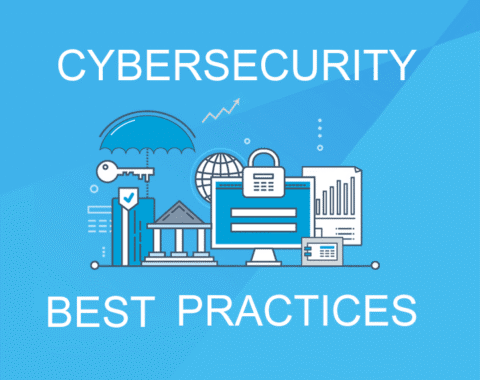With the coronavirus causing many people to work from home, internet service may seem sluggish. Find out what telecommuters and employers can do about it.
According to mobile security organization Wandera, internet bandwidth usage trends over recent weeks have indicated the following:
-
Use of remote working tools is up 156% on the previous month
-
In the week starting Monday, March 9, usage of remote working tools was up 25.9% from the previous week
-
Zoom usage has grown substantially over the last month–up by 78.7% week on week.
-
Microsoft Teams usage was up by 41.7% in the last week compared to one month earlier
Obviously with so many people working remotely–and so many family members cooped up together as well–internet access may seem slower or less responsive (also known as poor network latency).
What can end users do about it?
Well, the problem is likely either with your Wi-Fi router or your internet connection. If you’ve got the whole family watching Netflix or gaming online, you may be seeing issues because the router is maxing out.
The first thing I’d do is reboot the router. I have seen this fix numerous operational issues in the past, and it certainly couldn’t hurt to try.
If nothing improves, for the time being you might request that family members refrain from engaging in online recreational activities in favor of your connectivity to the office, but this may escalate an already high level of tension and/or boredom.
If you have internet-connected devices not in use or which aren’t a priority, try disconnecting those.
You might consider a wired Ethernet connection to your router, but this may prove a distraction if your router is in a high-traffic area (mine is in my children’s playroom, which is a less than desirable place for me to work).
If you own the router, you could shop for a faster, newer version if yours is getting long in the tooth. If the router is owned by your internet provider, you should check with them to see if there’s anything they recommend, either settings-wise on the router or if perhaps an equipment upgrade is in order. Keep in mind, however, they may be reluctant to send a technician out if it involves on-site installation due to the coronavirus pandemic.
If the router is OK, you may be experiencing poor network latency simply because everyone in your neighborhood is also online. If you have a shared internet connection, your neighbors may be vying for internet access as well.
While it’s probably not productive to go door-to-door asking people to stay offline, you can check your network speeds via the SpeakEasy Network Test. If the speeds aren’t reaching those offered by your provider, you might call them and see if there’s anything they can do to help.
If all else fails, you might change your work methodology to use less bandwidth. I connect to a Windows server via remote desktop over the VPN to my company. Remote desktop is a bandwidth hog, so functions I perform on that remote system–such as using an SSH client to work on Linux servers–could better be performed on my local system instead. SSH clients traditionally use minimal bandwidth, so this offers better response time so I can work more effectively.
What can businesses do about it?
To make sure employees receive the best possible work from home experience, invest in network infrastructure, which ensures that the entire workforce can function efficiently from a remote location. This involves high-speed internet connections, switches, routers, and VPN equipment with redundancy and plenty of capacity.
Terminate inactive connections after a period of time (say one hour) in order to ensure only employees actively working are utilizing network resources.
It’s also worth considering providing employees mobile or portable hotspots, which they can use to get online and access company resources in the event their home Wi-Fi or internet connection isn’t suitable to do their jobs.
If you have additional questions or concerns please do not hesitate to call our office, Southridge Technology @ 203-431-8324





